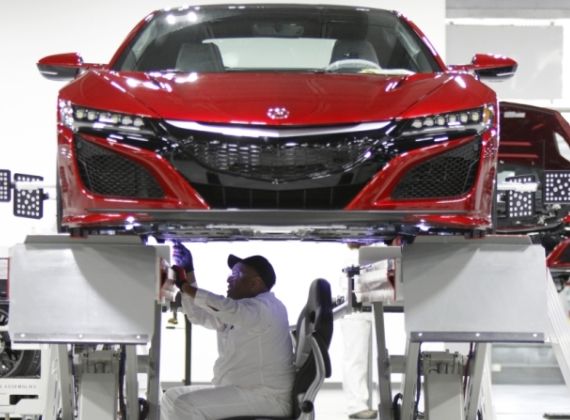For passenger vehicles and light trucks to qualify as originating in the Agreement between Mexico, the United States and Canada (USMCA), they must meet five requirements:
- Regional content value of the vehicle.
- Regional content value of essential parts.
- Aluminum.
- Steel.
- Value of labor content.
Heavy trucks are subject to the same requirements, except for the regional value content of essential parts.
For passenger cars and light trucks, the regional value content requirement based on the net cost method was set at 66% on July 1, 2020 and will gradually increase to 75% over a period of three years.
Also, according to a WTO report, in the case of heavy trucks, the regional value content requirement based on the net cost method will increase to 70% over a period of seven years.
For passenger cars and light trucks to be originating, the rules also require that their essential parts (engine, transmission, body and chassis, axle, suspension system, steering system and advanced battery) satisfy a regional content value of 75% based on the net cost method.
Passenger vehicles
Most of the other components are subject to a change in tariff classification or an alternative rule that includes a regional value content threshold of 65% or 70%, percentages that are higher than those applicable under NAFTA.
In addition, the report explains, these increases to the regional value content requirements are being introduced over a three-year period.
The values applicable to the other vehicles range from 50 to 62.5% using the net cost method (Article 10 of the Appendix to Annex 4-B), and have not varied greatly from NAFTA.
For vehicles other than passenger cars, light trucks, and heavy trucks, the rules of origin have not changed greatly from NAFTA.
To take into account:
Passenger vehicle means a vehicle of subheading 8703.21 to 8703.90, except:
- Compression-ignition engine vehicle classified in subheading 8703.31 to 8703.33 or a vehicle of subheading 8703.90 that has both a compression-ignition engine and an electric motor for propulsion.
- Three-wheel (trimoto) or four-wheel (quad) motorcycle.
- All terrain vehicle.
- Motorhome or recreational vehicle; an ambulance; or a vehicle to be used primarily off-road.
Light truck means a vehicle of subheading 8704.21 or 8704.31, except vehicles to be used solely or primarily off-road.
![]()

